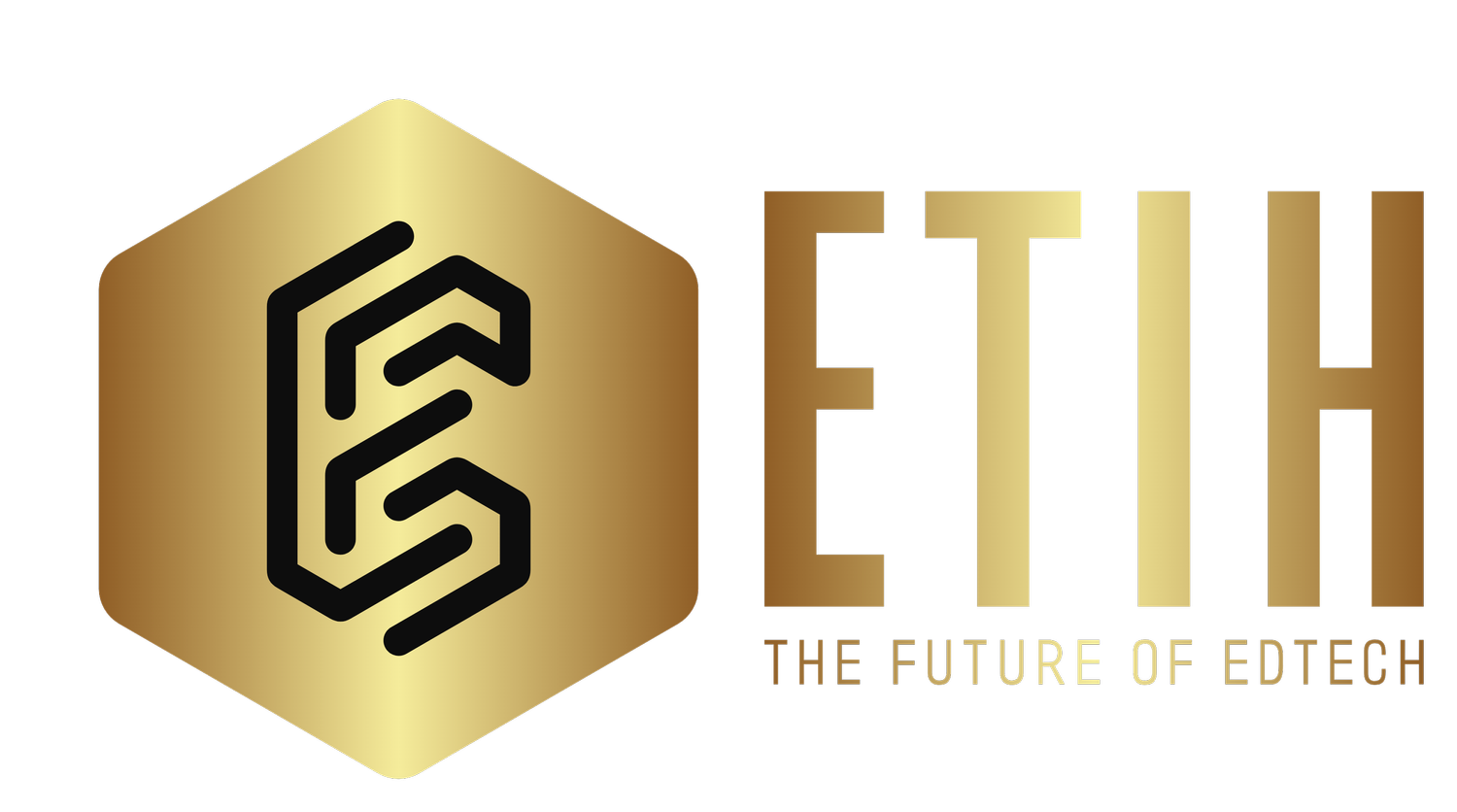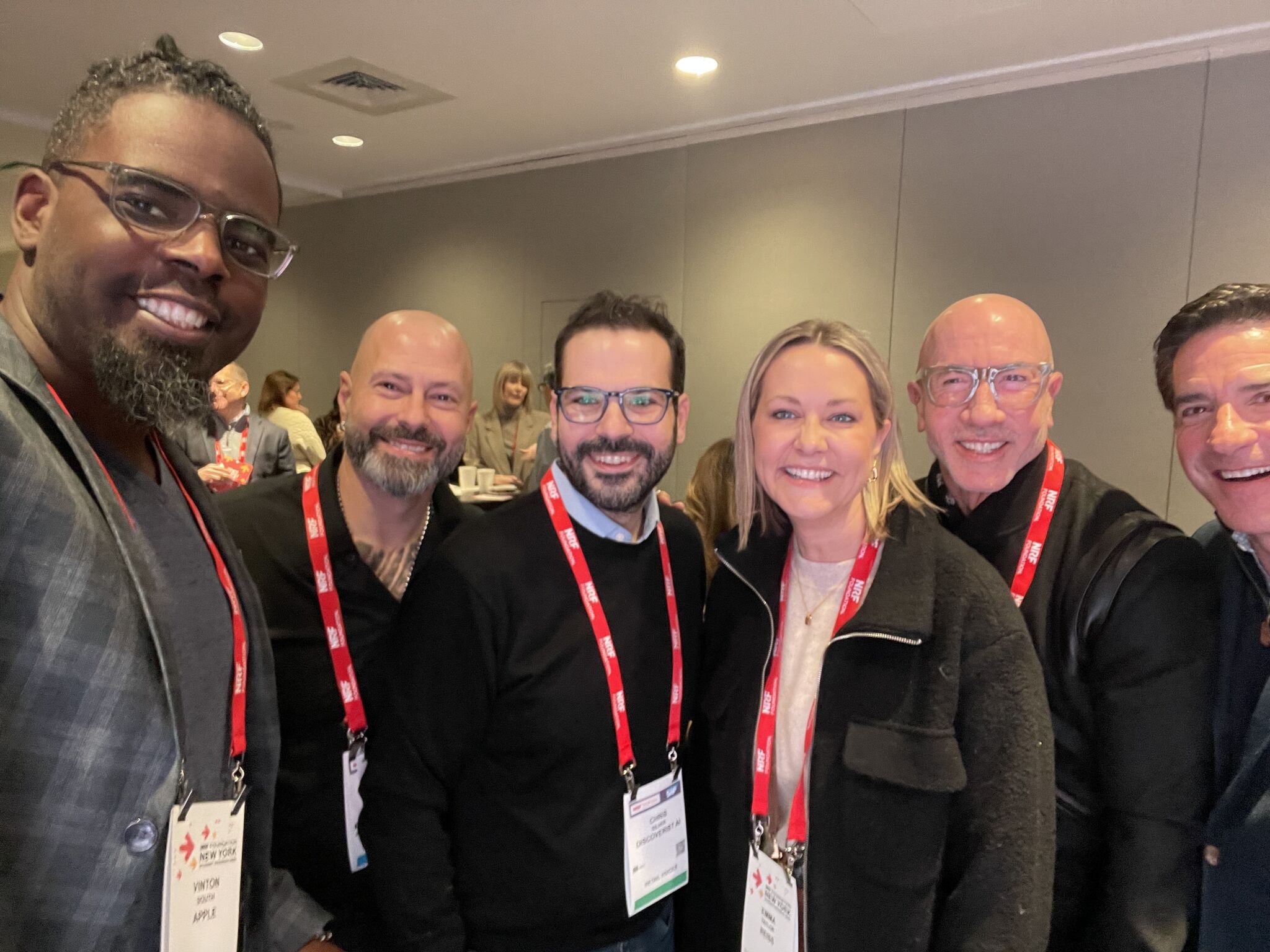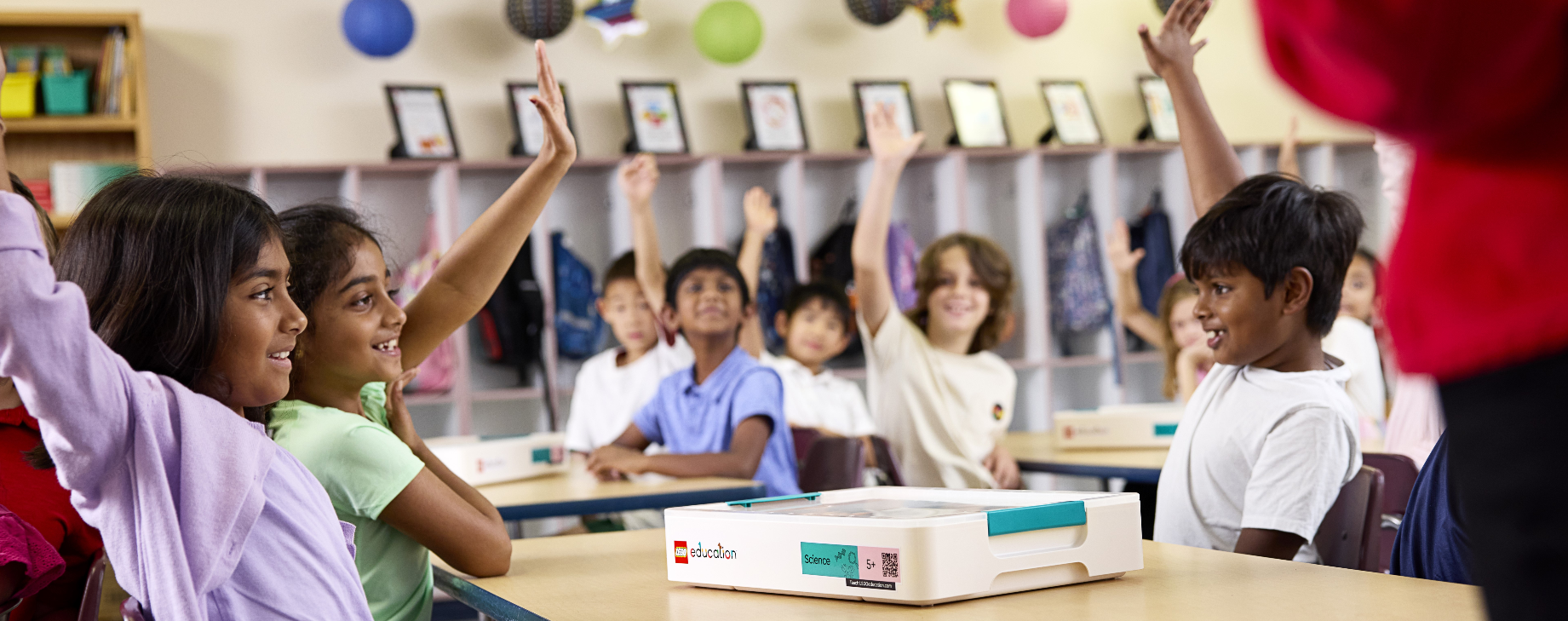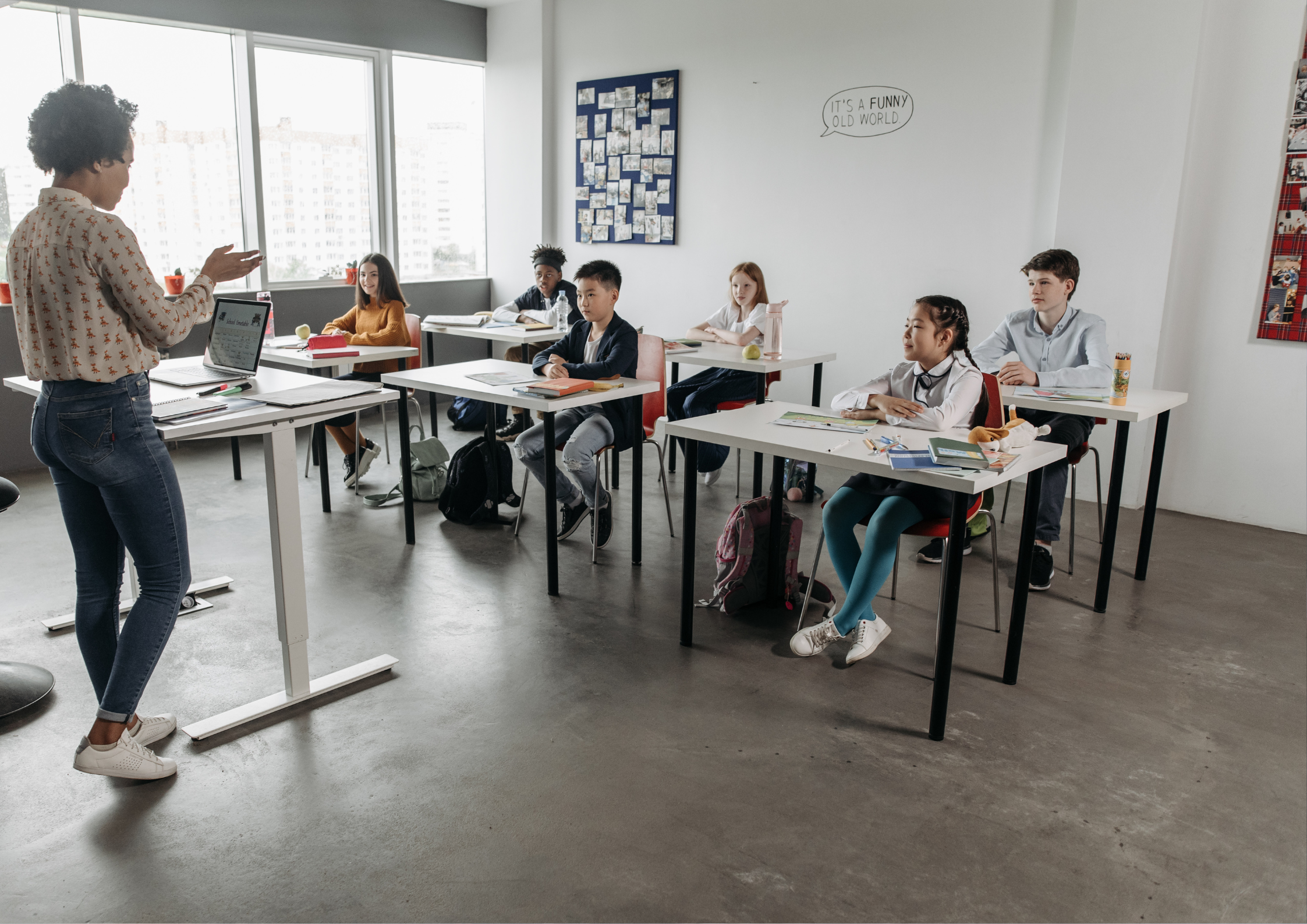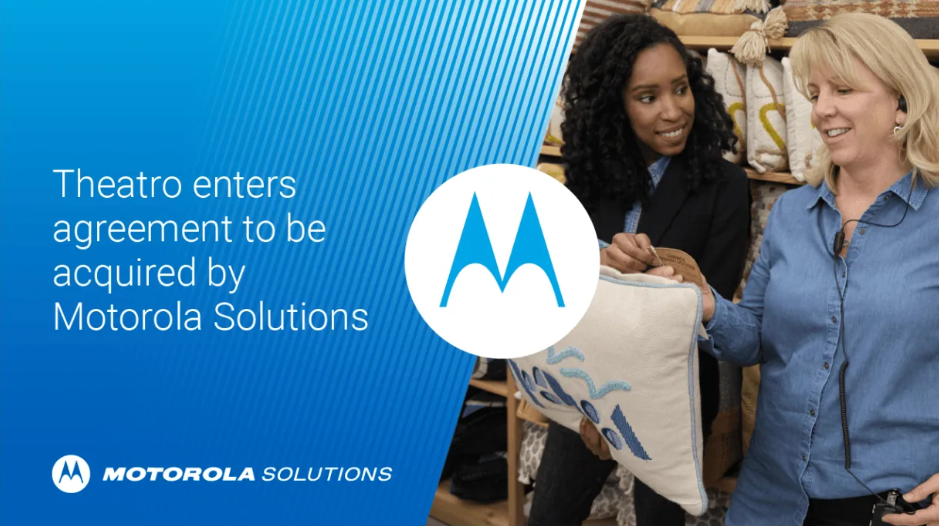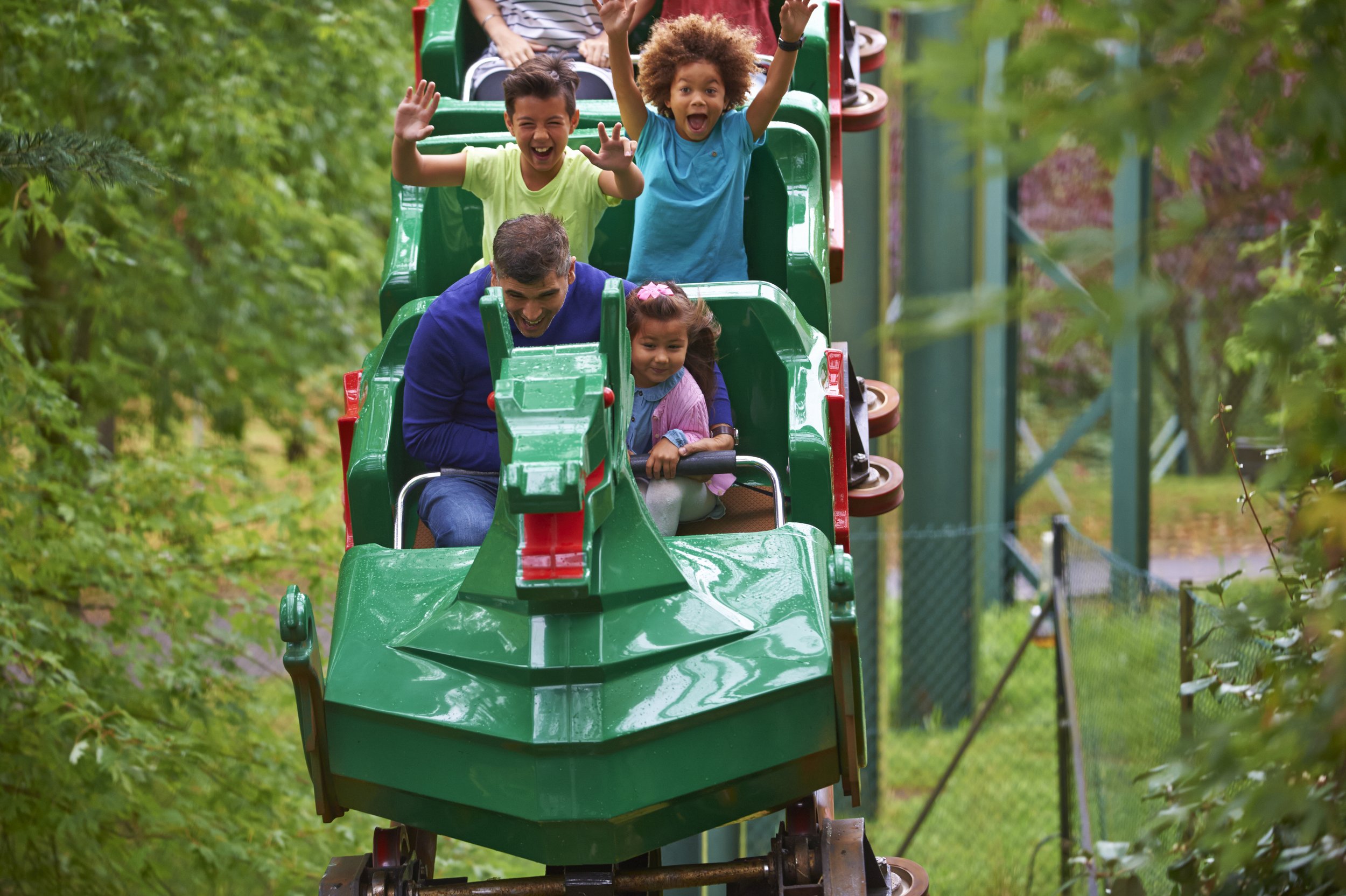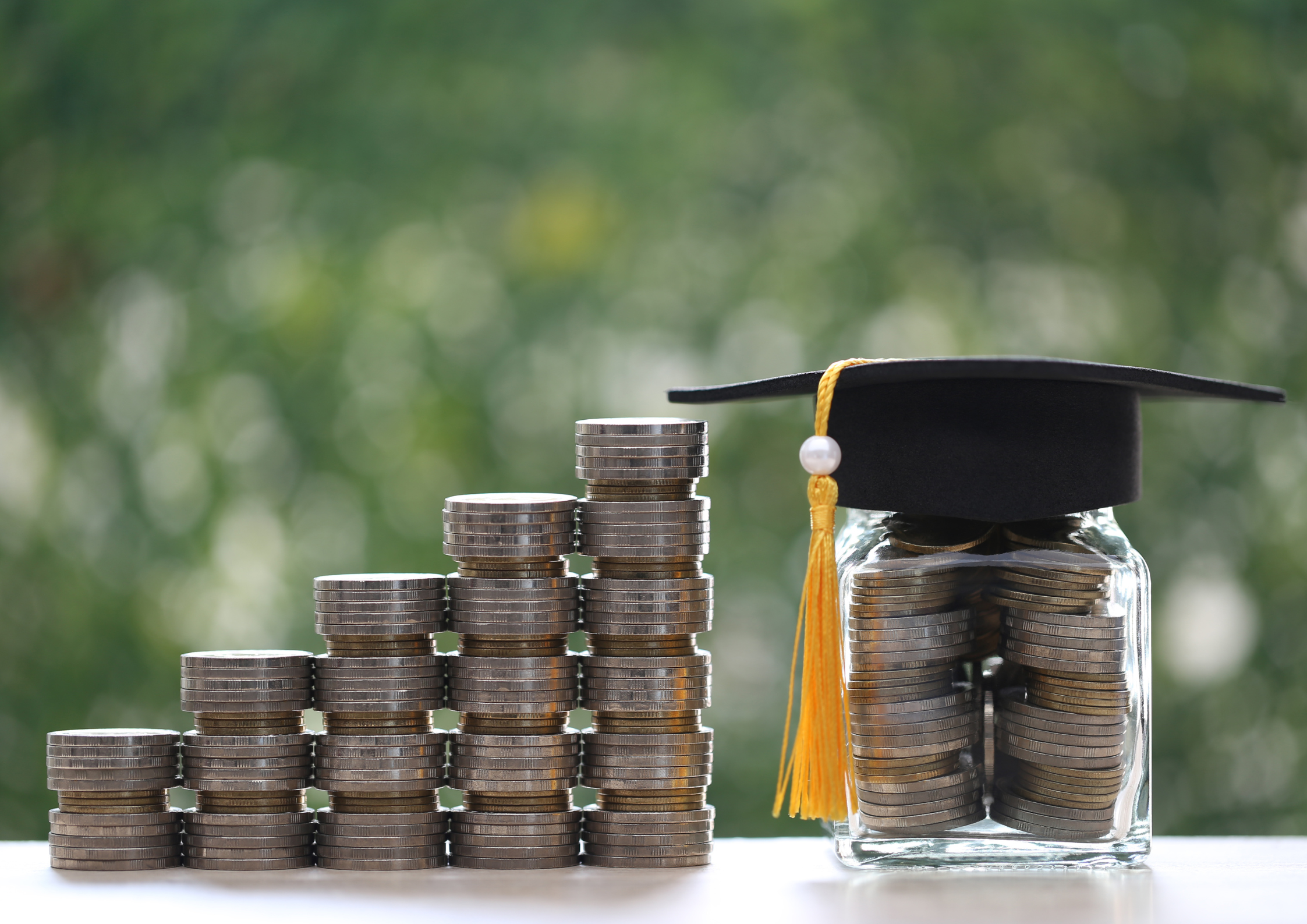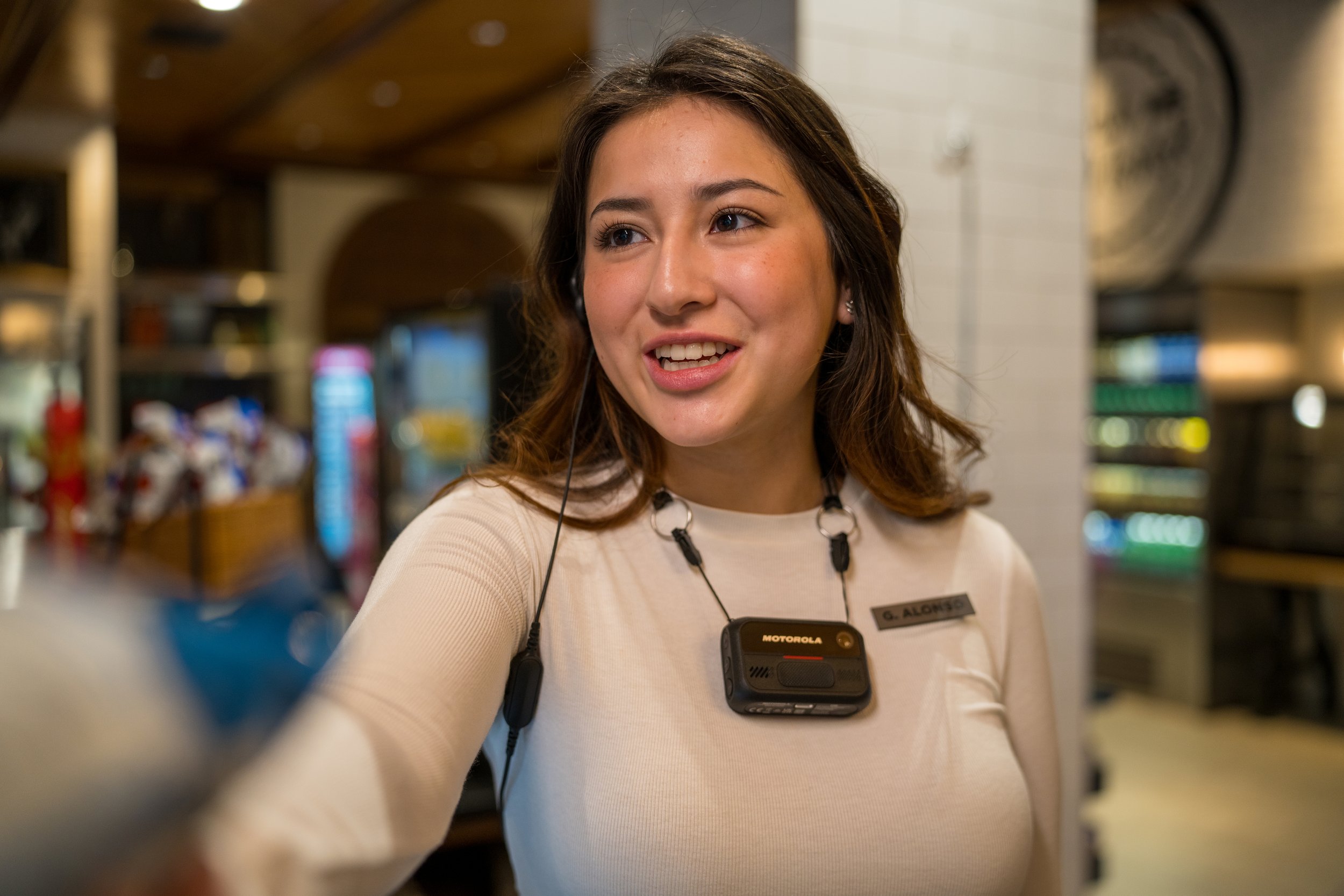How EdTech is redefining music and arts education
In a world where technology is rapidly transforming every aspect of life, education is no exception. Among the numerous areas being reshaped by technology, music and arts education stands out as a fascinating frontier. EdTech has entered the realm of creative expression, bringing innovation and accessibility to students and educators alike.
But how exactly is technology redefining music and arts education? Let's explore the ways EdTech is breaking down barriers, amplifying creativity, and fostering a new era of artistic learning.
The Traditional Approach vs. the Digital Shift
For decades, music and arts education relied on face-to-face instruction, physical instruments, and studio materials. While this method nurtured countless artists, it also posed challenges. High costs, limited access to quality instructors, and geographical constraints made arts education a luxury for many.
Now, enter EdTech - a game-changer. Digital tools like apps, software, and online platforms have revolutionized how students learn and engage with music and arts. The shift is analogous to upgrading from black and white television to full-color, 4K streaming—everything is clearer, more vibrant, and accessible to a wider audience.
For instance, apps like Yousician teach music theory and instruments interactively, while platforms like Skillshare and MasterClass offer expert-led tutorials on painting, sculpting, and even photography. These tools bridge the gap between aspiring artists and resources, bringing professional-quality education directly to living rooms.
Personalized Learning Experiences
One of the most exciting ways EdTech is redefining music and arts education is through personalized learning experiences. Unlike traditional classrooms, where instruction must cater to a group, digital tools allow students to learn at their own pace.
Take SmartMusic, for example—a practice tool for musicians. It listens to students play their instruments and provides instant feedback, helping them improve specific areas of weakness. Similarly, platforms like Procreate, a digital art app, allow aspiring artists to experiment with brushes, textures, and colors without the fear of wasting materials or "making a mistake."
This tailored approach empowers students to focus on what they love and where they need growth, removing the one-size-fits-all approach that often hinders creativity. Isn’t it amazing how students can now customize their journey to becoming the next Mozart or Picasso?
Accessibility: Breaking Down Barriers
One of the most profound impacts of EdTech on music and arts education is its ability to make creative learning accessible to everyone. For years, socio-economic and geographical barriers limited access to high-quality arts education. But with technology, these walls are tumbling down.
Online platforms like Coursera and Udemy host courses from renowned institutions, allowing students in remote or underserved areas to access world-class education. Music and art lessons are no longer limited to those who can afford private tutors or live near cultural hubs. Just like the notes on the Edubirdie website, which anyone can access. Even schools with limited resources can integrate EdTech tools, ensuring every child gets the opportunity to explore their creative potential.
What’s more, adaptive technology has brought inclusivity to the forefront. Apps like Soundbeam enable individuals with physical disabilities to create music using motion sensors, proving that artistic expression knows no bounds. Isn’t it empowering to think that anyone, regardless of circumstance, can create and share their art with the world?
Collaboration and Community Building
Another exciting way EdTech is transforming music and arts education is by fostering collaboration and community building. Creativity thrives on collaboration, but traditional learning environments often limit interactions to small, localized groups.
Now, thanks to technology, students can connect with peers and mentors worldwide. Platforms like BandLab allow musicians to compose, edit, and share music collaboratively, regardless of where they live. Similarly, Behance—a creative portfolio platform—enables artists to showcase their work, gain inspiration, and receive constructive feedback from a global community.
This digital connectivity creates a vibrant ecosystem where students not only learn but also grow alongside like-minded individuals. Imagine a high school student in India collaborating on a musical score with someone in Canada or an aspiring artist in Brazil drawing inspiration from a gallery in Paris. It’s like the ultimate creative jam session, isn’t it?
Immersive Technologies: Virtual and Augmented Reality
If you thought EdTech was impressive so far, wait until you dive into the realm of immersive technologies like virtual reality (VR) and augmented reality (AR). These tools take music and arts education to an entirely new dimension—literally!
For example, VR platforms like MelodyVR allow students to experience live concerts and even step inside the orchestra, observing the nuances of each musician's performance. AR apps like QuiverVision make 2D drawings come to life, letting students interact with their creations in ways previously unimaginable.
Even museum education is undergoing a revolution. Virtual tours of iconic art institutions such as the Louvre or the Smithsonian enable students to study masterpieces up close, without ever leaving their homes. By blending reality with digital enhancements, these tools ignite curiosity and deepen engagement in ways traditional methods could never achieve.
Isn’t it mind-blowing to think that a student can paint a digital mural, explore it in VR, and share it with friends halfway across the globe—all in the same day?
The Role of Teachers in the EdTech Era
While technology is transforming music and arts education, the role of educators remains as vital as ever. Rather than replacing teachers, EdTech tools serve as extensions of their expertise. Teachers can now focus on mentoring, guiding, and inspiring students while leveraging technology to enhance their curriculum.
For instance, a music teacher can use notation software like MuseScore to help students compose their own pieces, or an art instructor can integrate digital tools like Canva to teach graphic design. The possibilities are endless.
Educators who embrace EdTech become facilitators of creativity, encouraging students to push boundaries and explore their artistic potential.
A Creative Future Powered by Technology
EdTech is undeniably redefining music and arts education, transforming the way students learn, create, and collaborate. From personalized learning and increased accessibility to immersive experiences and global community-building, the possibilities are endless.
While technology continues to evolve, one thing remains constant: the human desire to create and express. By merging this innate creativity with the power of technology, we’re shaping a future where music and arts education knows no bounds.
So, whether you’re a budding artist or an experienced educator, it’s time to embrace EdTech and explore the limitless potential it offers. Who knows? The next great symphony, masterpiece, or digital animation might just be one click away.
